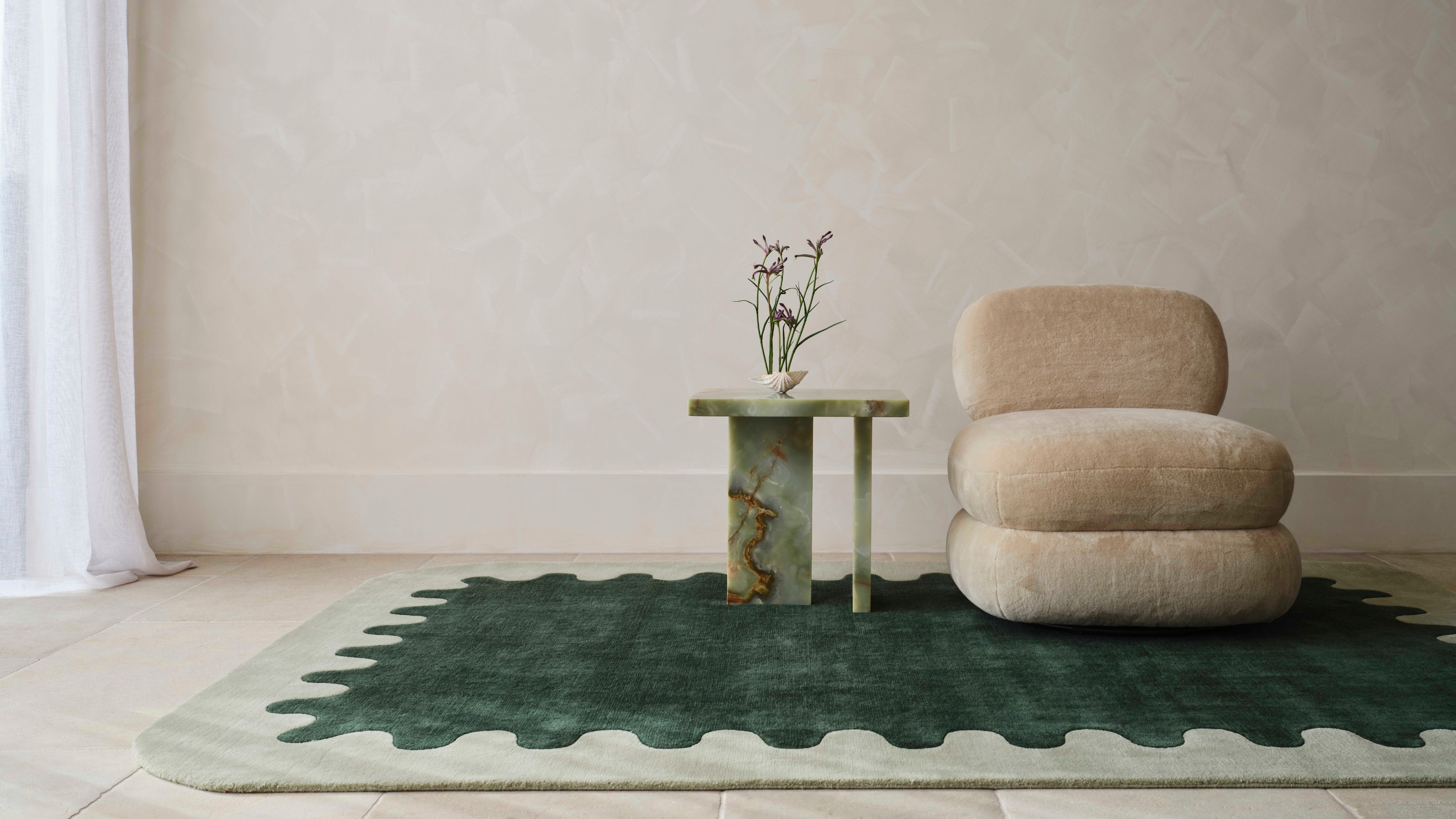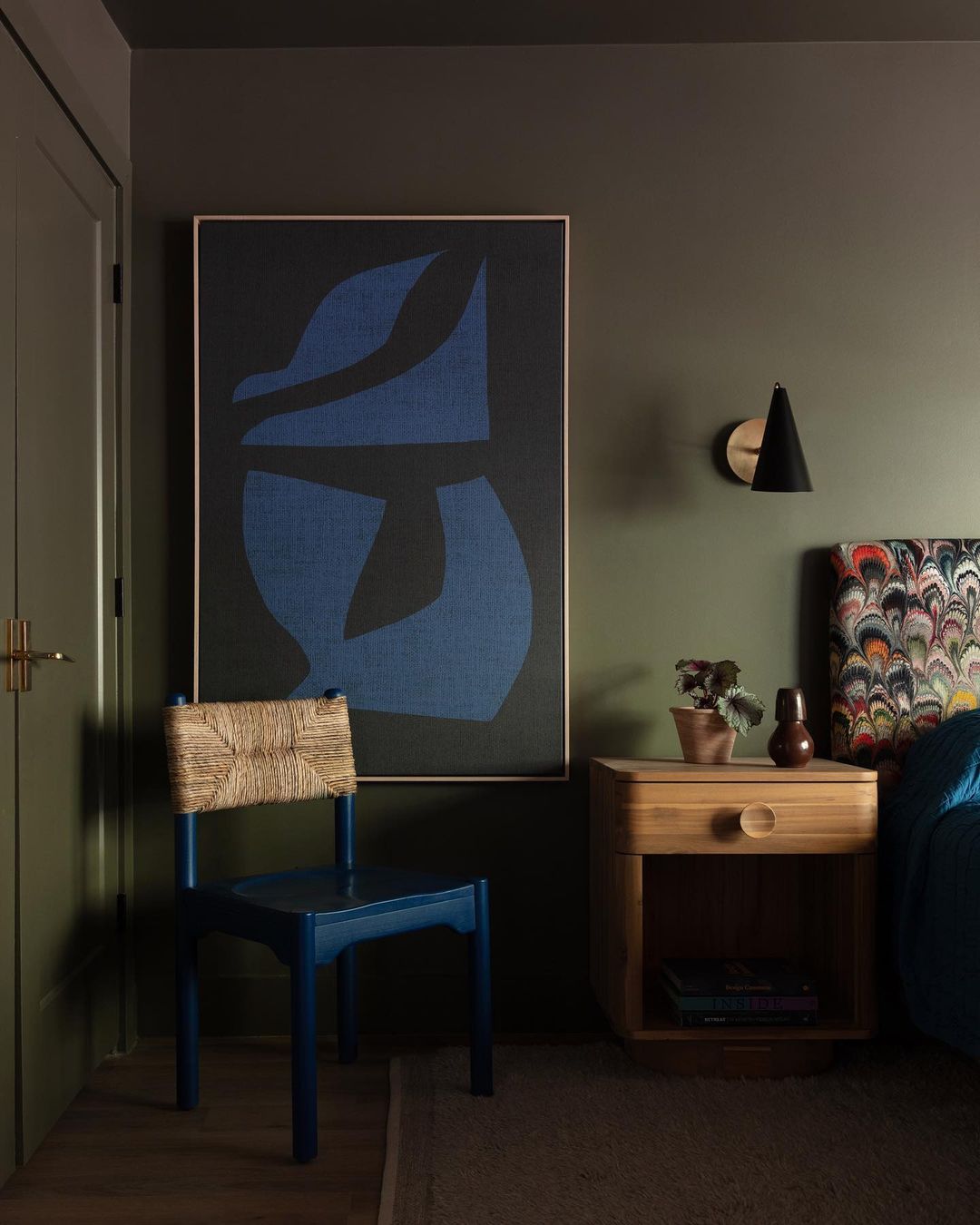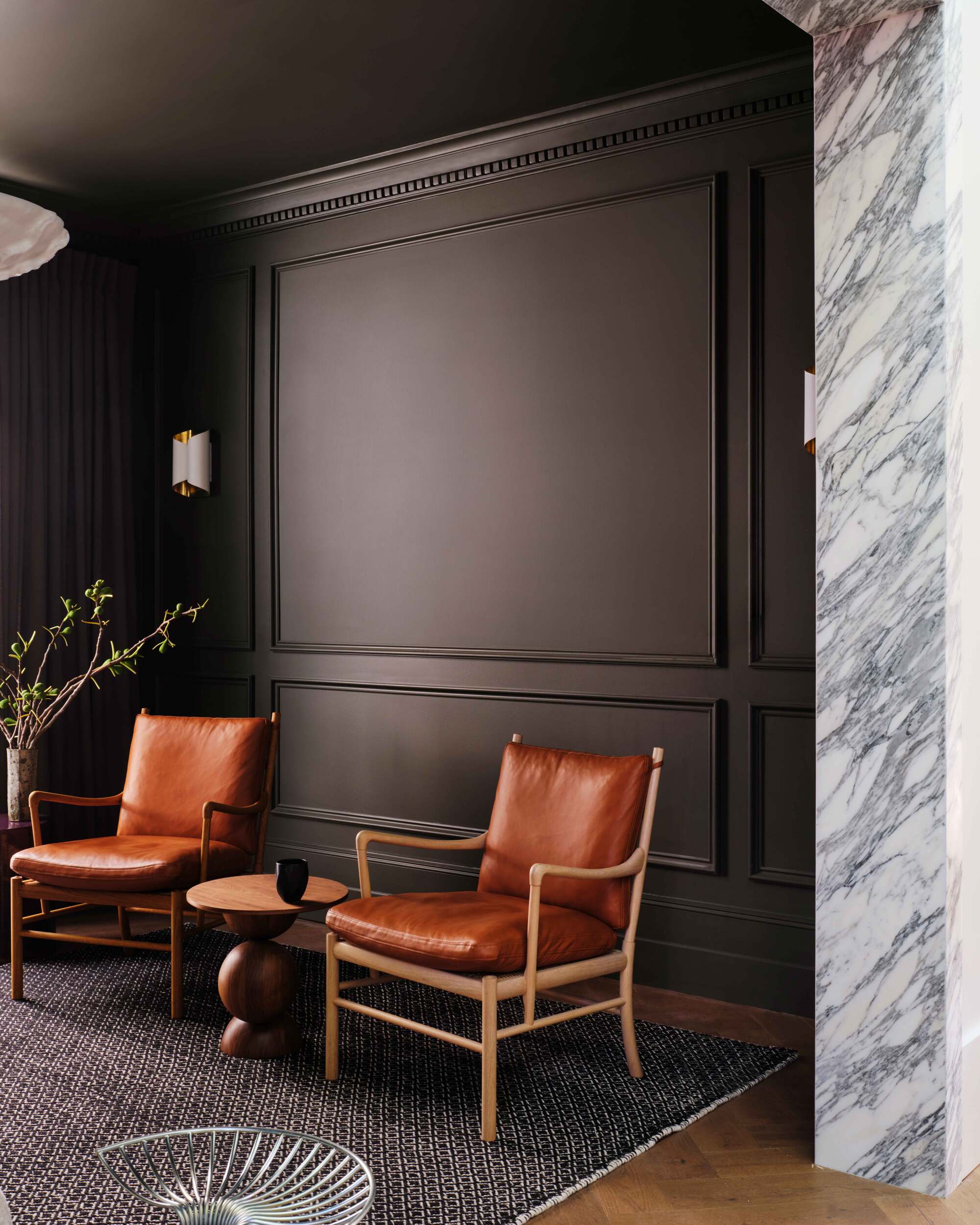
Painting the walls is one of the quickest ways to transform a space. However, it can also be one of the biggest decisions you'll make in your renovation. Simple in theory, the reality can be costly — both in terms of time, and budget. Have you ever wondered how much is actually costs to paint a room? Well, obviously it depends on a number of different factors, but regardless, we've reached out to the experts.
Whether you're drenching the space in a new hue, just painting the walls, ceiling, or trims, it's, of course, important to know how to paint a room before you start, but it's equally worth investigating how much it's going to cost you.
What kind of paint are you using? How big is your space? Are you doing it yourself or calling in a decorator? It all impacts the cost. And below, the experts break it all down.
How Much Does It Cost to Paint a Room?

Home renovation expert Drew Scott, founder of Lone Fox Home, says, "There are so many factors that impact the cost of a paint job, whether it be the size of the room, the previous wall color, how much patching or prep work is needed, ceiling height, and who you hire to do the work...and that's just to name a few."
As a general rule of thumb, he notes that, "Painting a medium-sized bedroom myself costs about £150 in supplies, while hiring a painter for the same room would be around £700."
And while that may make it seem like an obvious choice to do it yourself, that's not always the case. Some experts we spoke to noted that if you're inexperienced or don't really know how to paint a wall, it can quickly cost a lot more due to mistakes.
"The real question is whether the £550 you save is worth two days of labor, back pain, and sweat. That’s completely up to you," says Drew.
How to Choose Between DIY or a Professional Decorator?

Some of the biggest roadblocks DIYers encounter are time and experience. "This is why many people hire professionals, as they have the time and experience needed to get it done right the first time," explains Brian Kemnitz, owner of paint and renovation company, Pearl Painters. "They know exactly what type of equipment and paint to get for the particular room being painted."
But don't let that deter you from DIY completely. It's just worth doing your research first. "I usually tell people you don’t need the most expensive paint, but avoid the cheapest option too," says Drew. "If the hardware store offers a good/better/best selection, I go with the 'better' option."
Decorating a room with a single can of paint isn't impossible, but it is definitely tricky. Drew says he's rarely ever gotten away with just one can. "Some paints claim one-coat coverage, but that only works if you apply a perfectly even coat on your first try, which isn't realistic for amateur painters."
"The amount of paint I use, of course, depends on the size of the room," he adds, but as a general rule of thumb, one gallon covers about 400 square feet. For a small bedroom (not including the ceiling), one gallon is usually enough, but it's wise to budget for a few cans, just in case.
What Do You Need To Paint a Room?

Supplies play a huge role in the overall cost of painting a room. And experts agree that it's worth investing in both quality supplies and prep materials to ensure the final result feels worth the effort.
"If you want to get the best results without spending a lot, focus on prep," says renovation expert Christina Pitcher, co-owner of Charleston-based D Gilpin Properties. "Smooth walls and woodwork will make a big difference in the final look. Drywall compound and wood filler are inexpensive, but putting in the time upfront will really pay off."
Drew has two clear go-tos. "I’ve said it before, and I’ll say it again: buy the paint kit! It saves money and includes everything you need." Plus, you can get ones, like this kit from Amazon, that come with a roller, two roller covers, a mini roller, a brush, and a tray."
As for prepping your surface, "My go-to is Scotch Painter’s Tape, which offers several tape options for different surfaces and purposes," he adds.
Painting a room isn’t difficult, and today there are more tools than ever to help you succeed. Caulking cracks, filling holes, taping off floors, and wiping down walls might feel tedious and unglamorous, but these steps often determine whether your results look professional and expensive-looking or amateur.
Here are some things that will help make the final result look more expensive.
Getting cheaper materials is going to affect the outcome. "It's difficult to recommend saving money in that way," says Brian. Instead, opt for the higher quality materials. "Use a lambswool roller — spend the extra," Brian adds. "This roller produces less splatter on you and everything else, holds more paint, fewer re-loads." To complete the set, you can also get this roller frame from Amazon.
Drywall can be a helpful tool as it brings a nicer finish to the project. "If your walls and woodwork are in rough shape, it’s going to be harder to get a nice finish," says Christina. "If you’re going for something Instagram-worthy, you’ll most likely need a skim coat of drywall mud and sanding."
A strainer will help smooth out the paint and avoid any lumps or bumps in the product. This strainer comes with sides that can sit on the paint vessel as well. "I wouldn’t recommend painting straight from the can, so I like to pick up some plastic containers with lids from a big box store to strain the paint into," adds Christina.
Cost is, of course, a big consideration when it comes to any home project, but as with most things, when it comes to how much it costs to paint a room, it depends on how good you want the finished product to look.
Invest in good materials, quality paint, and either be prepared to put the work in, or factor the added cost of a decorator. But if all that seems too much, it could be worth weighing up the cost of paint vs wallpaper, too.







